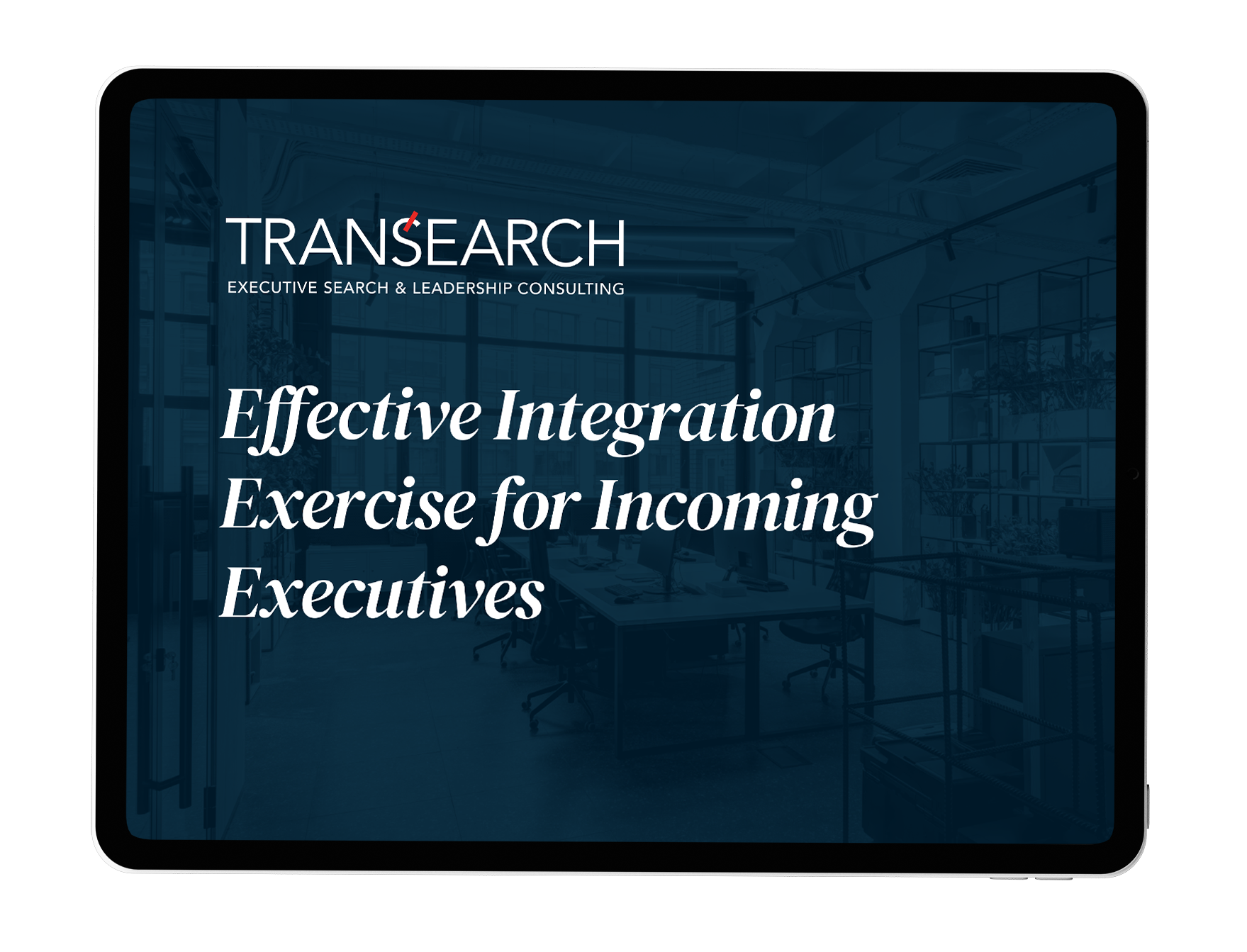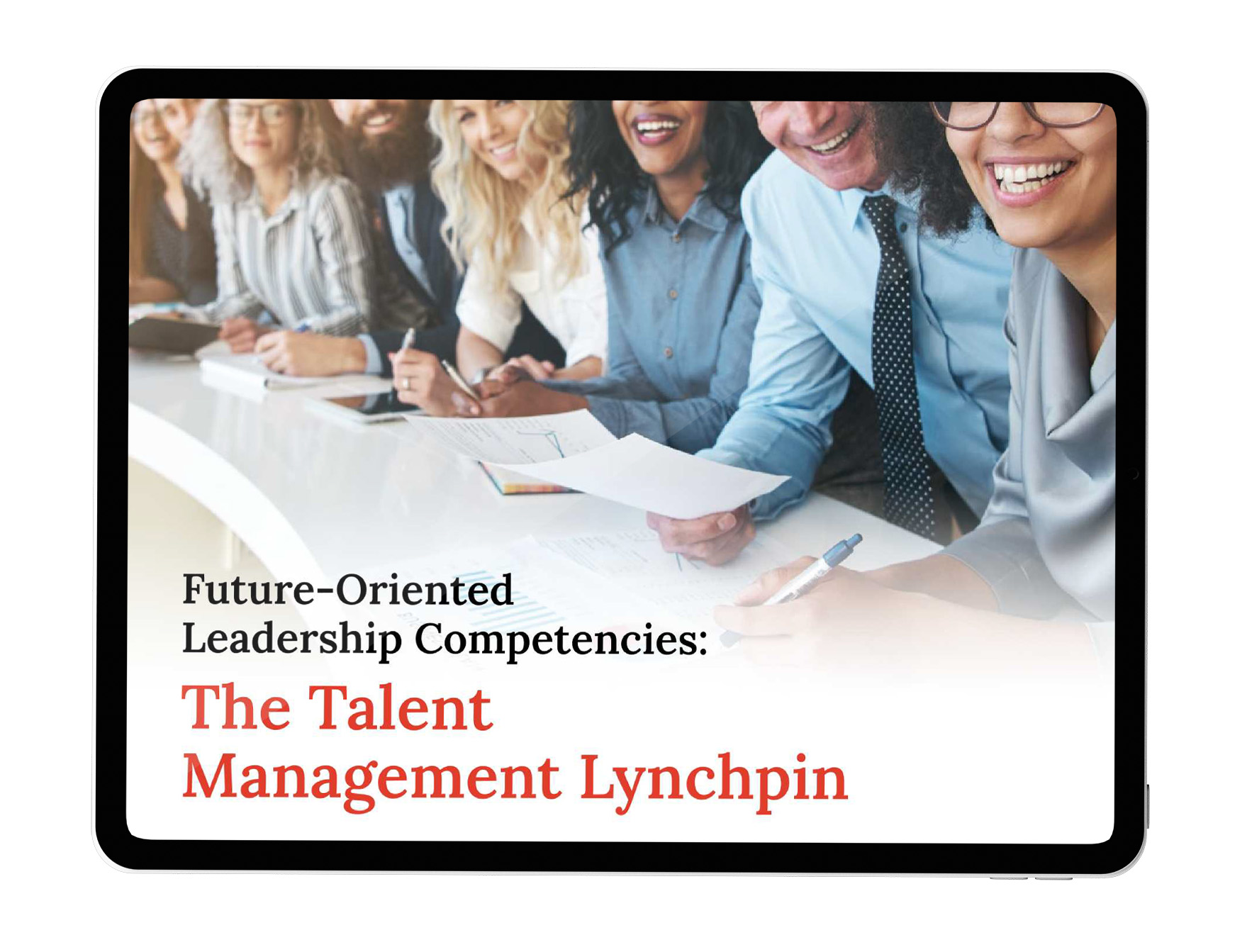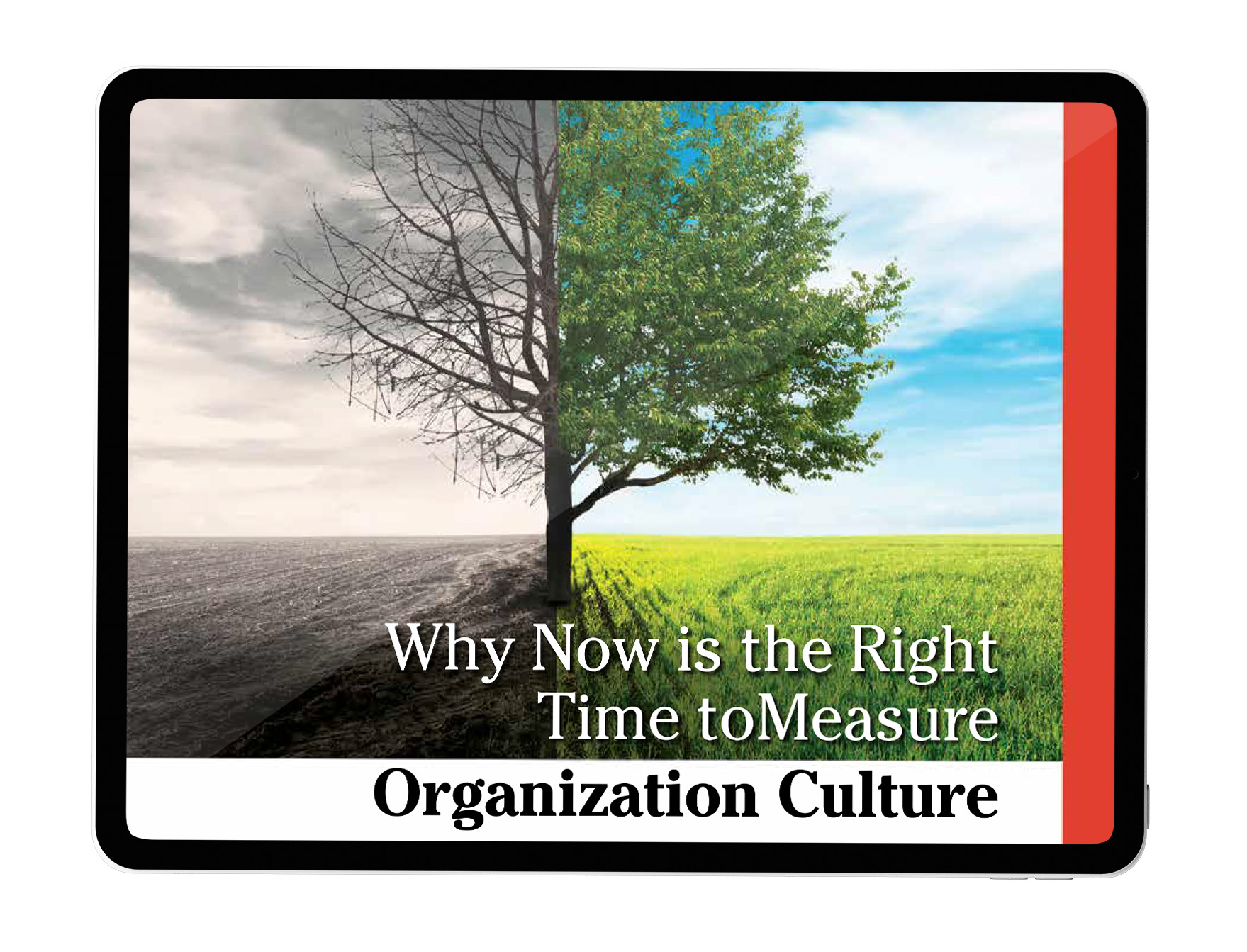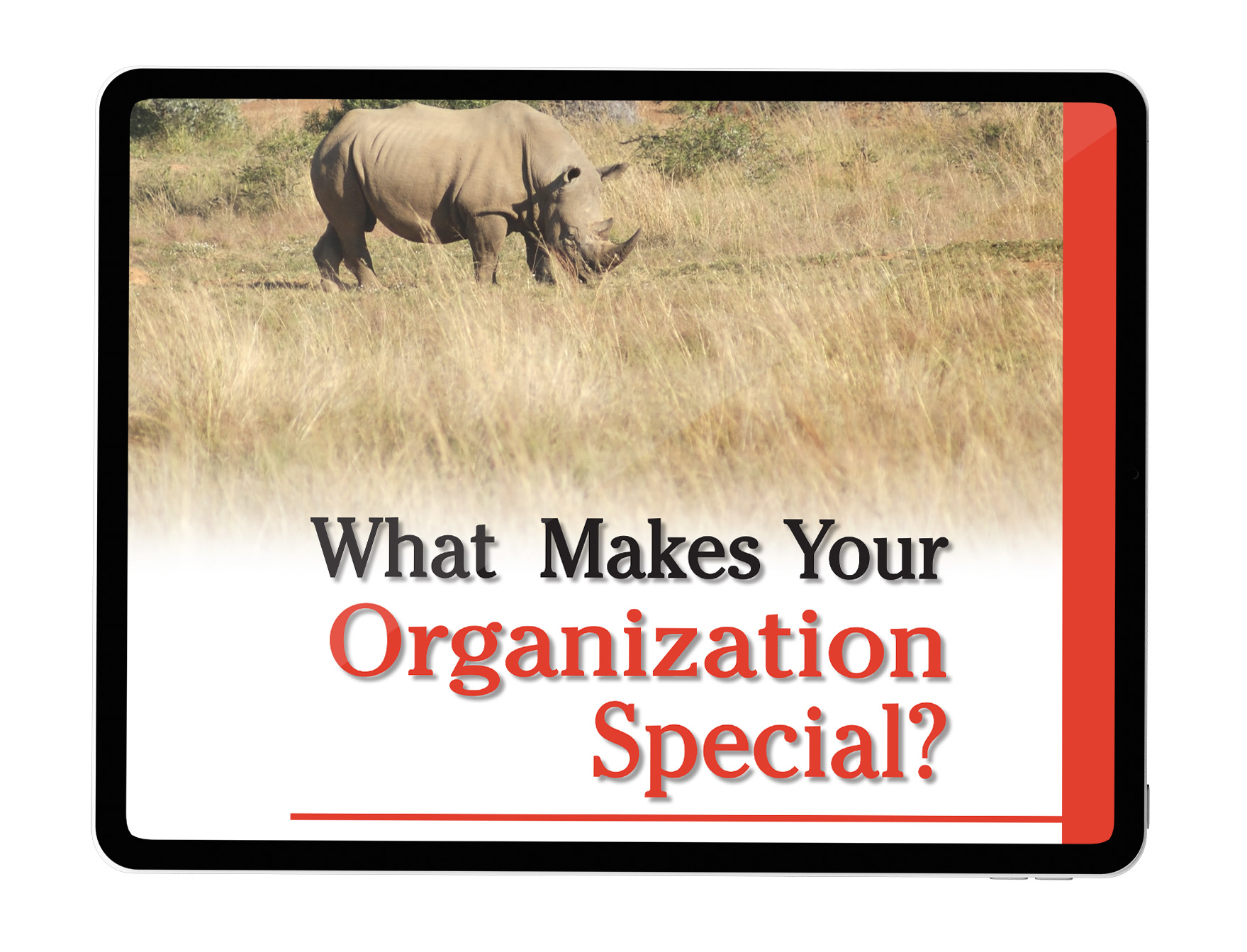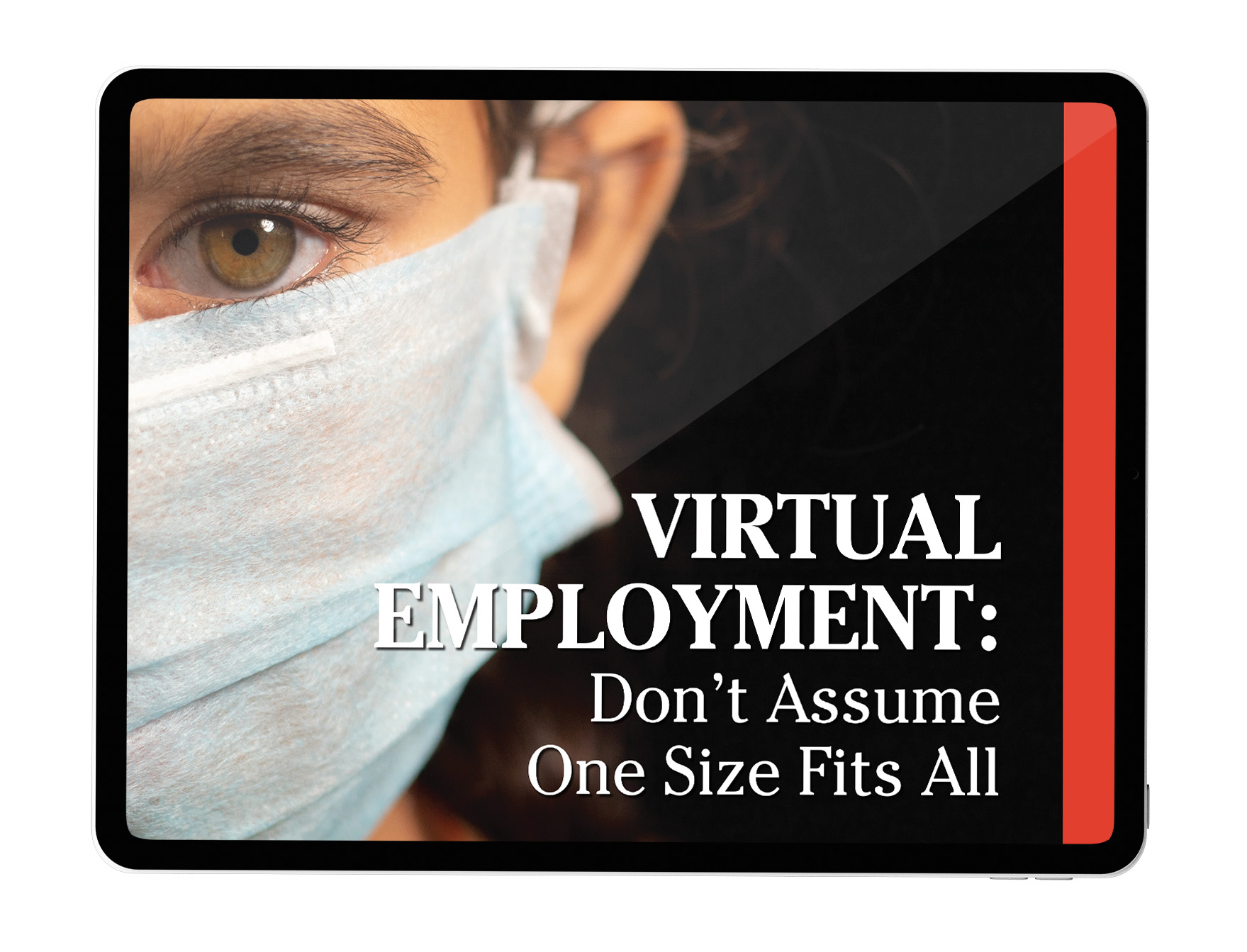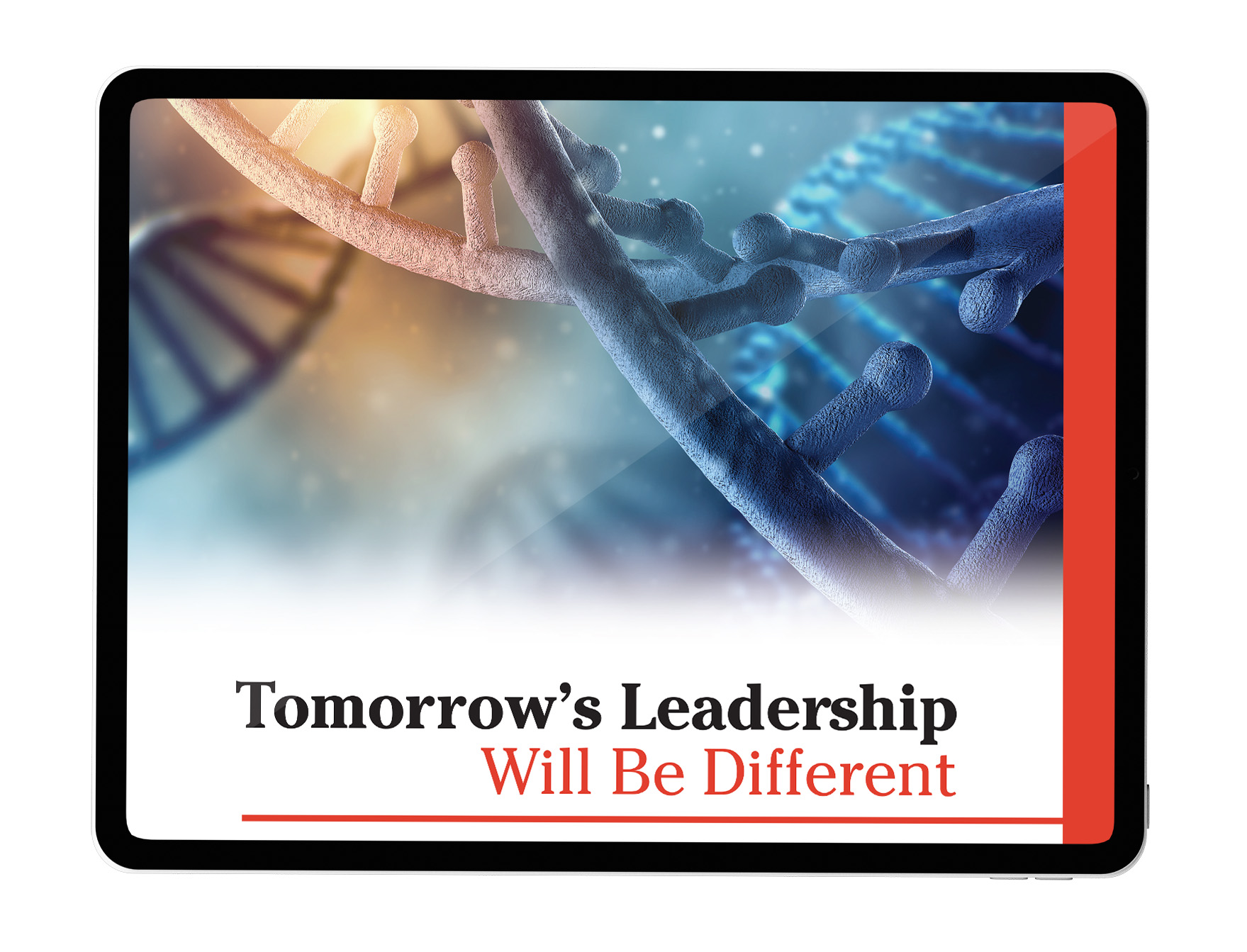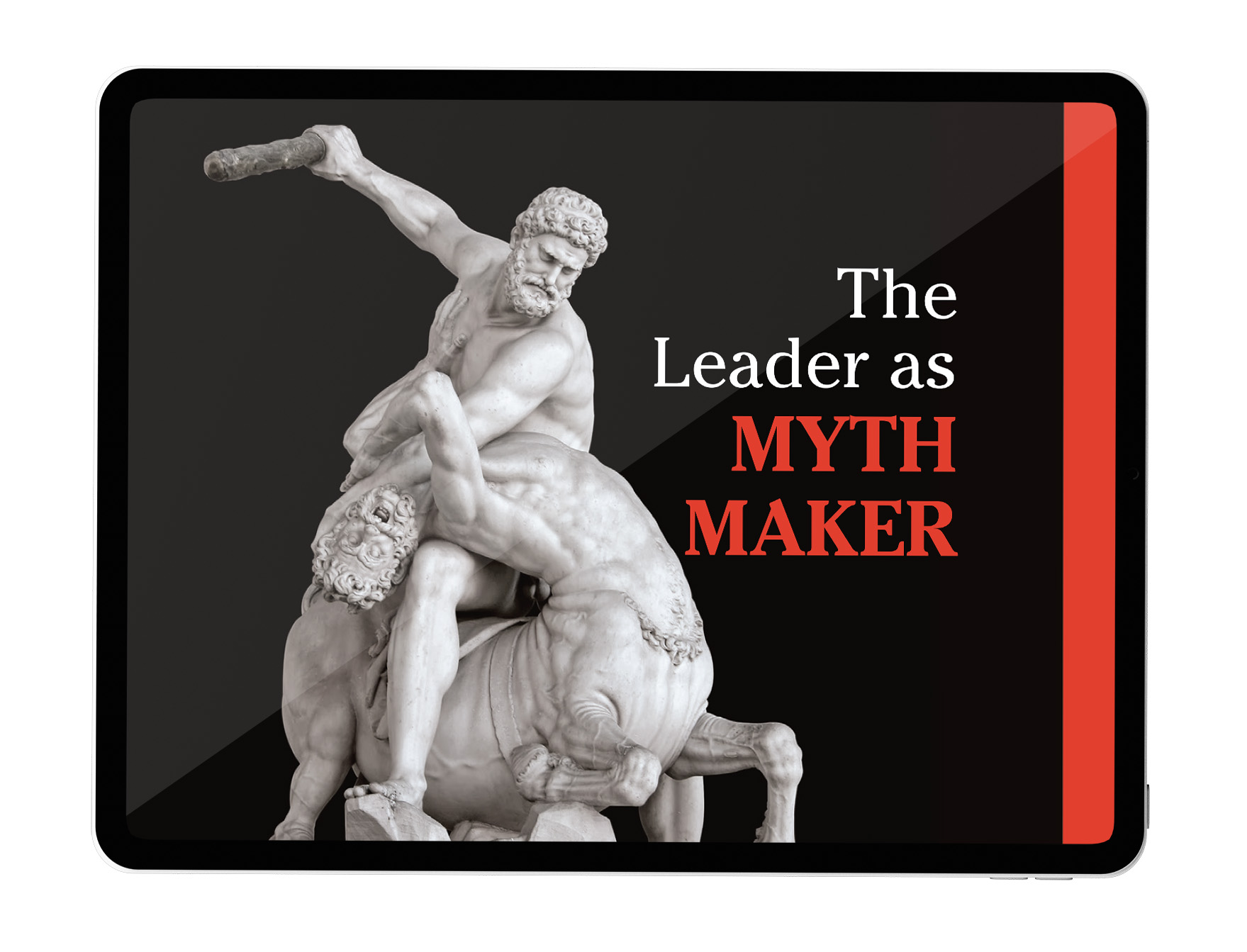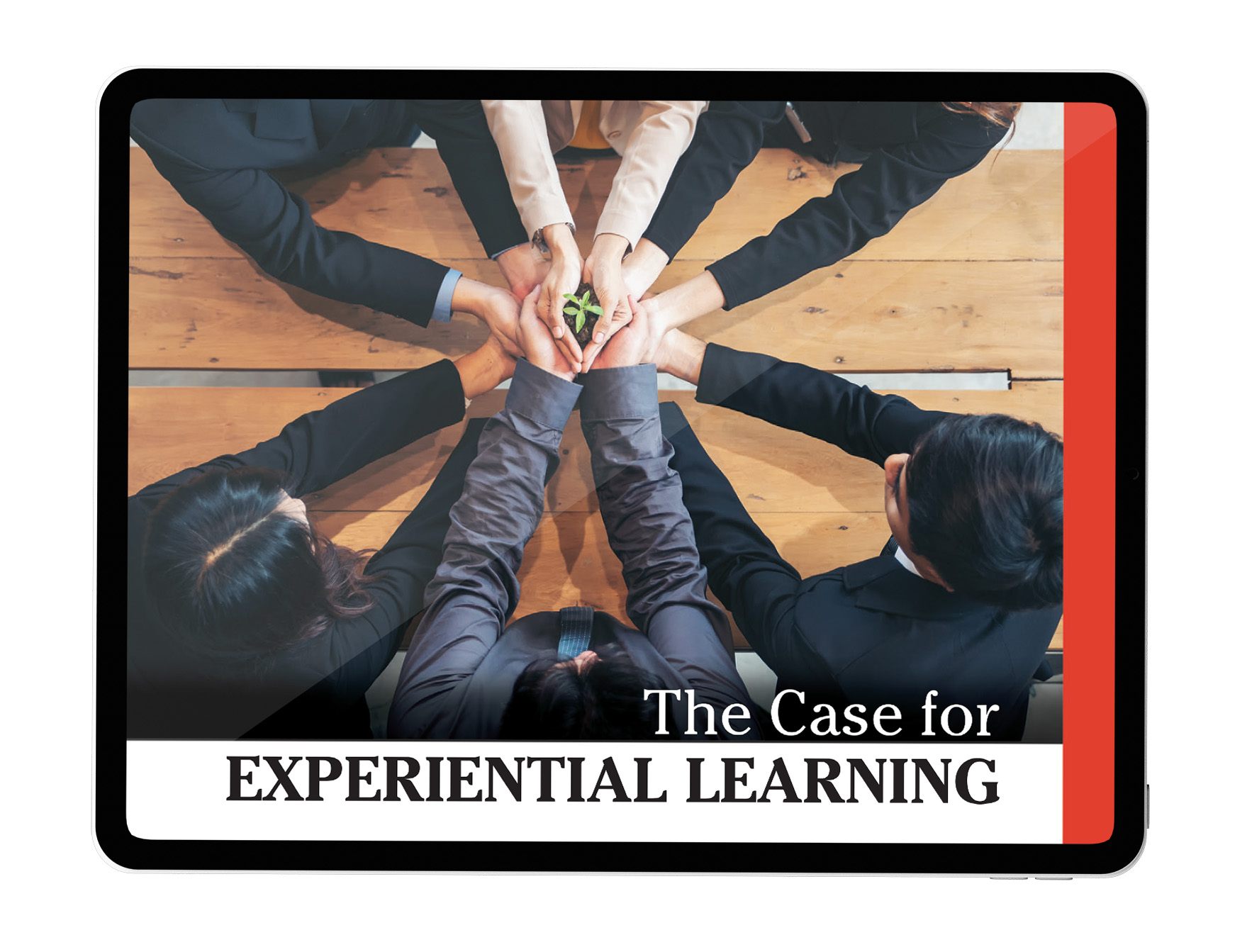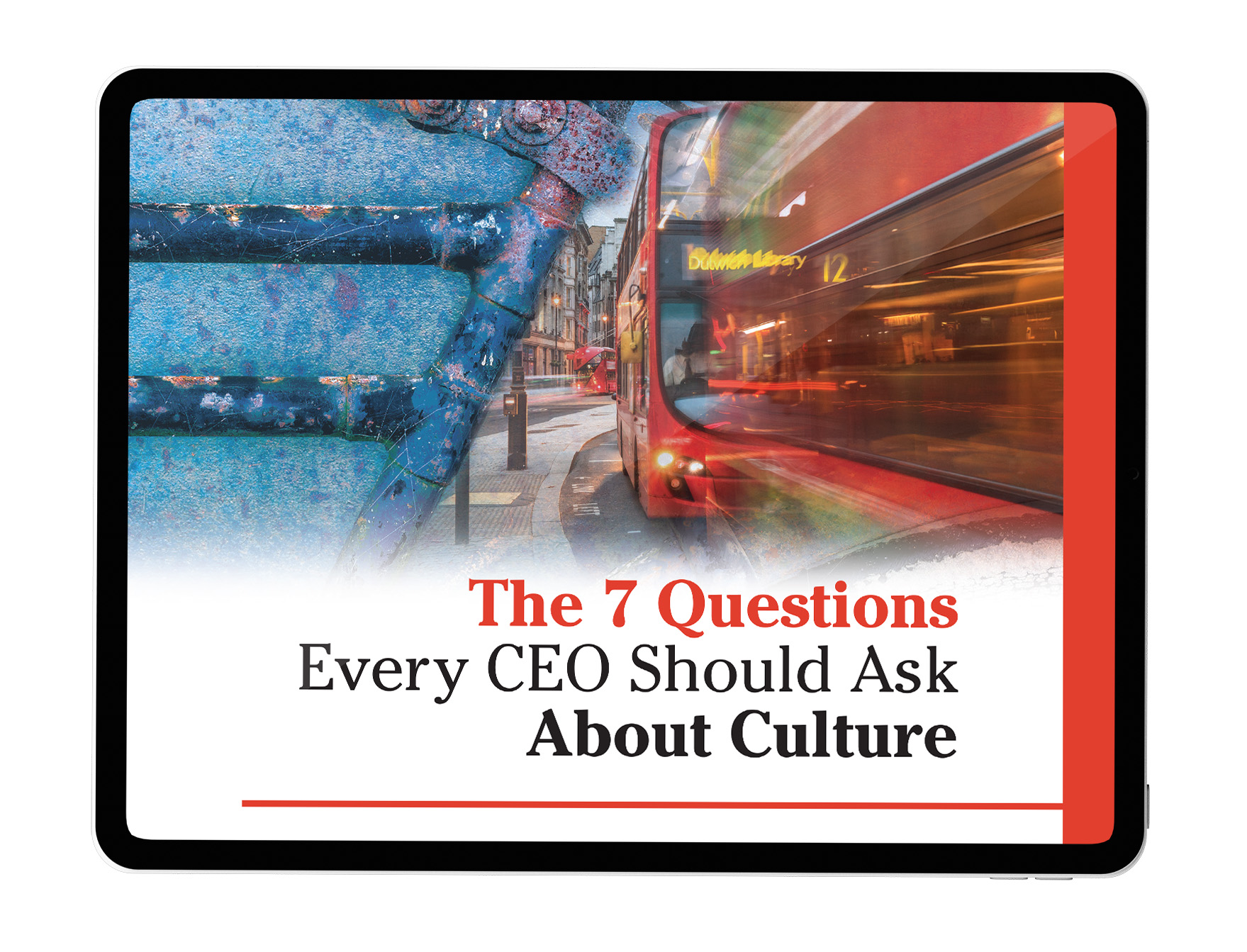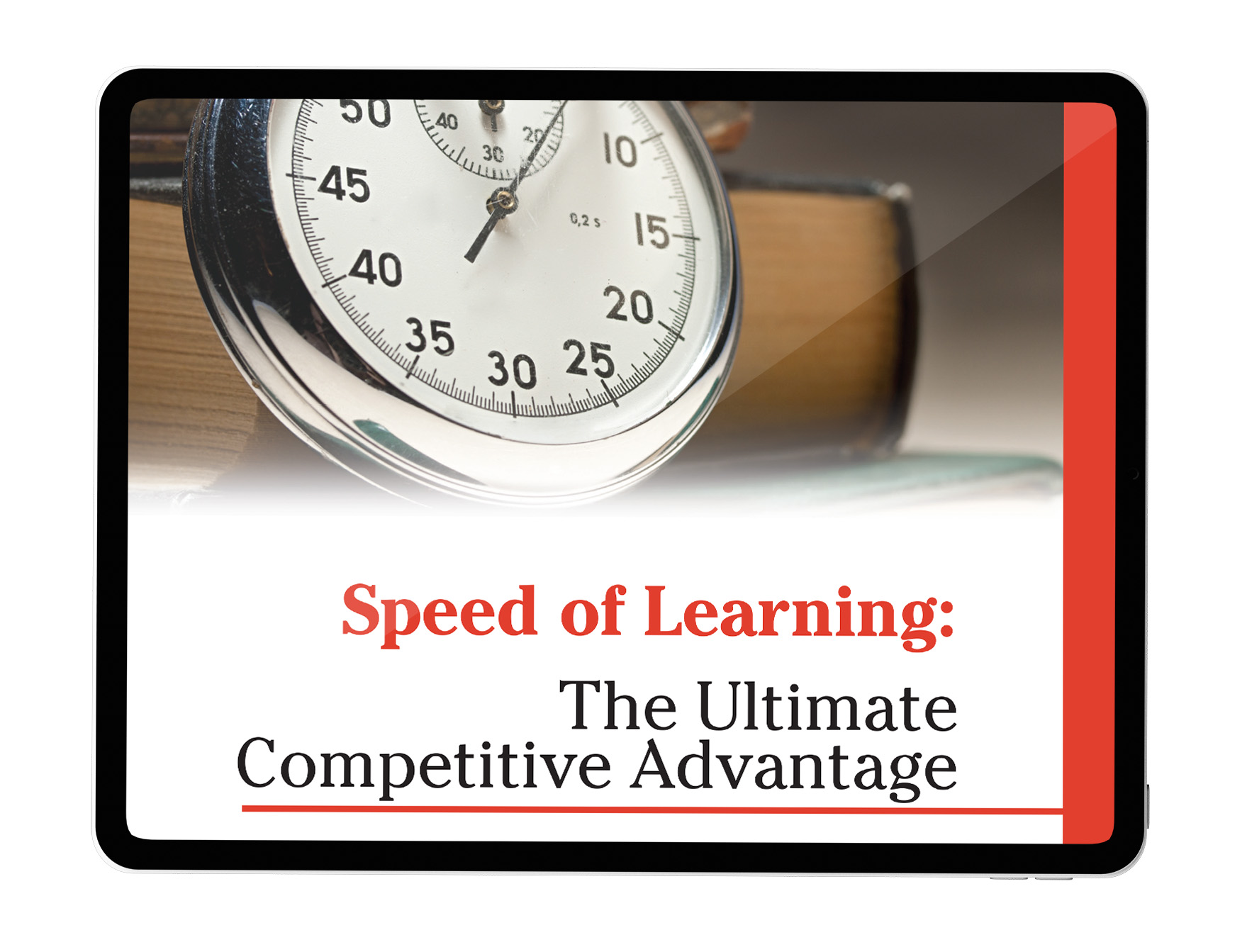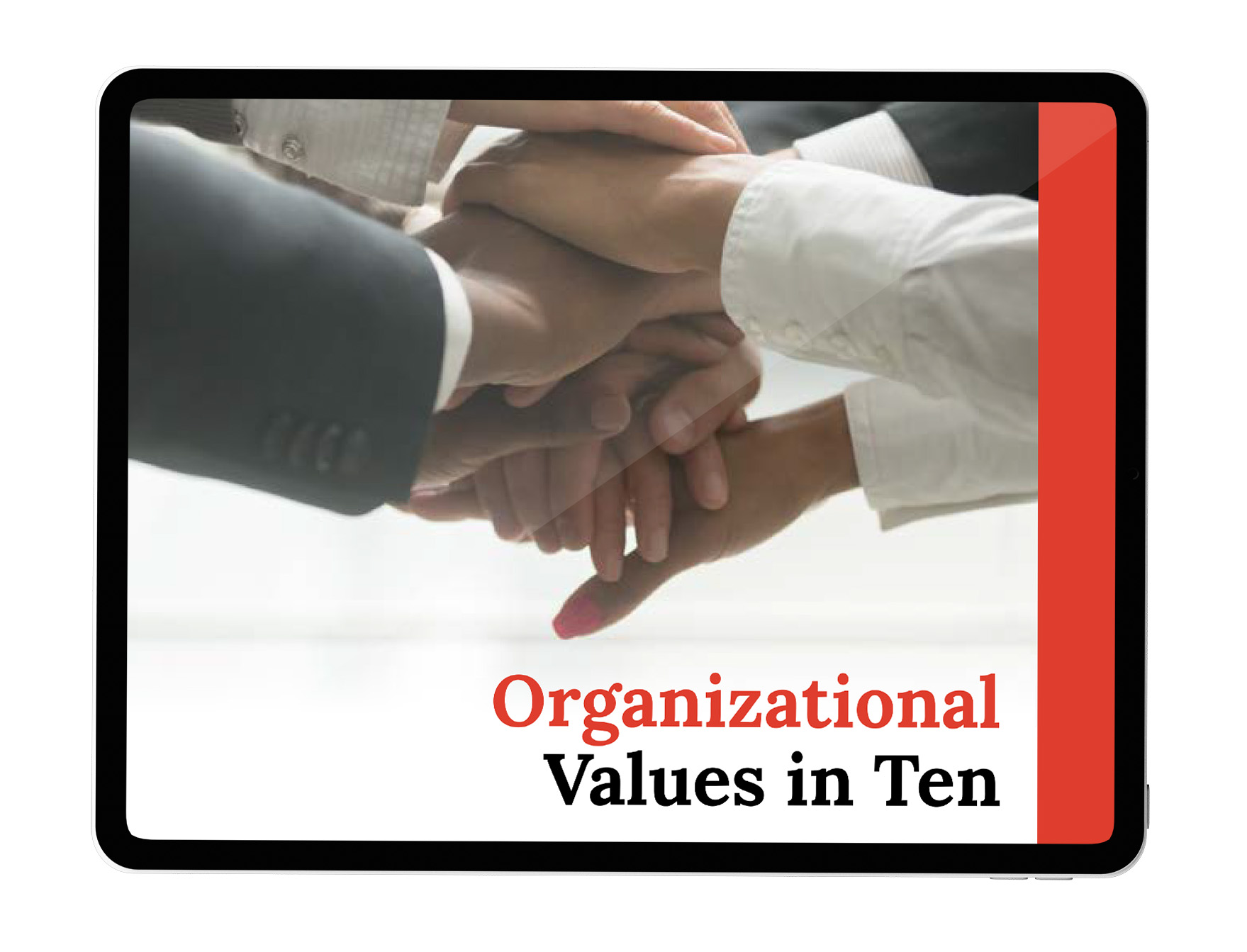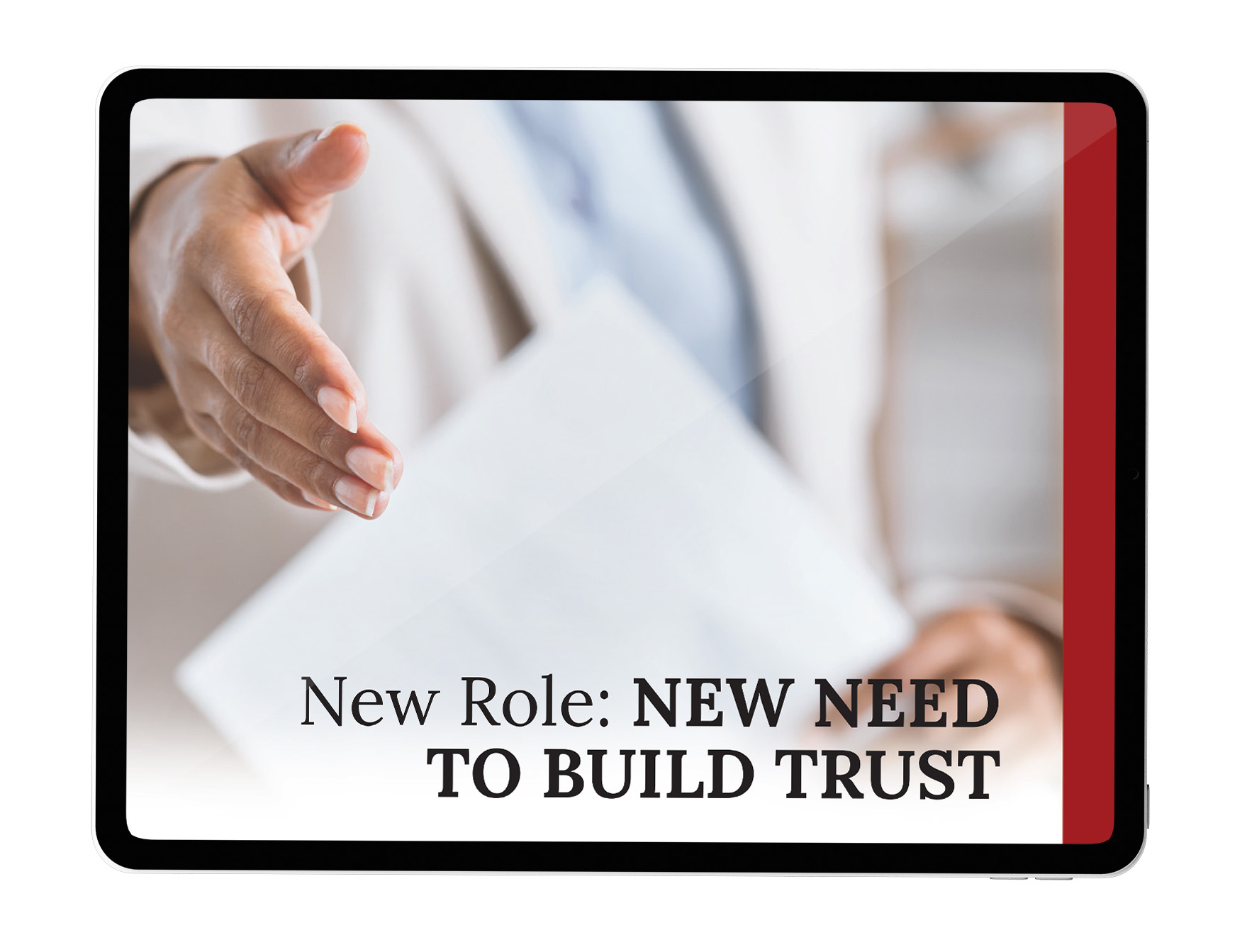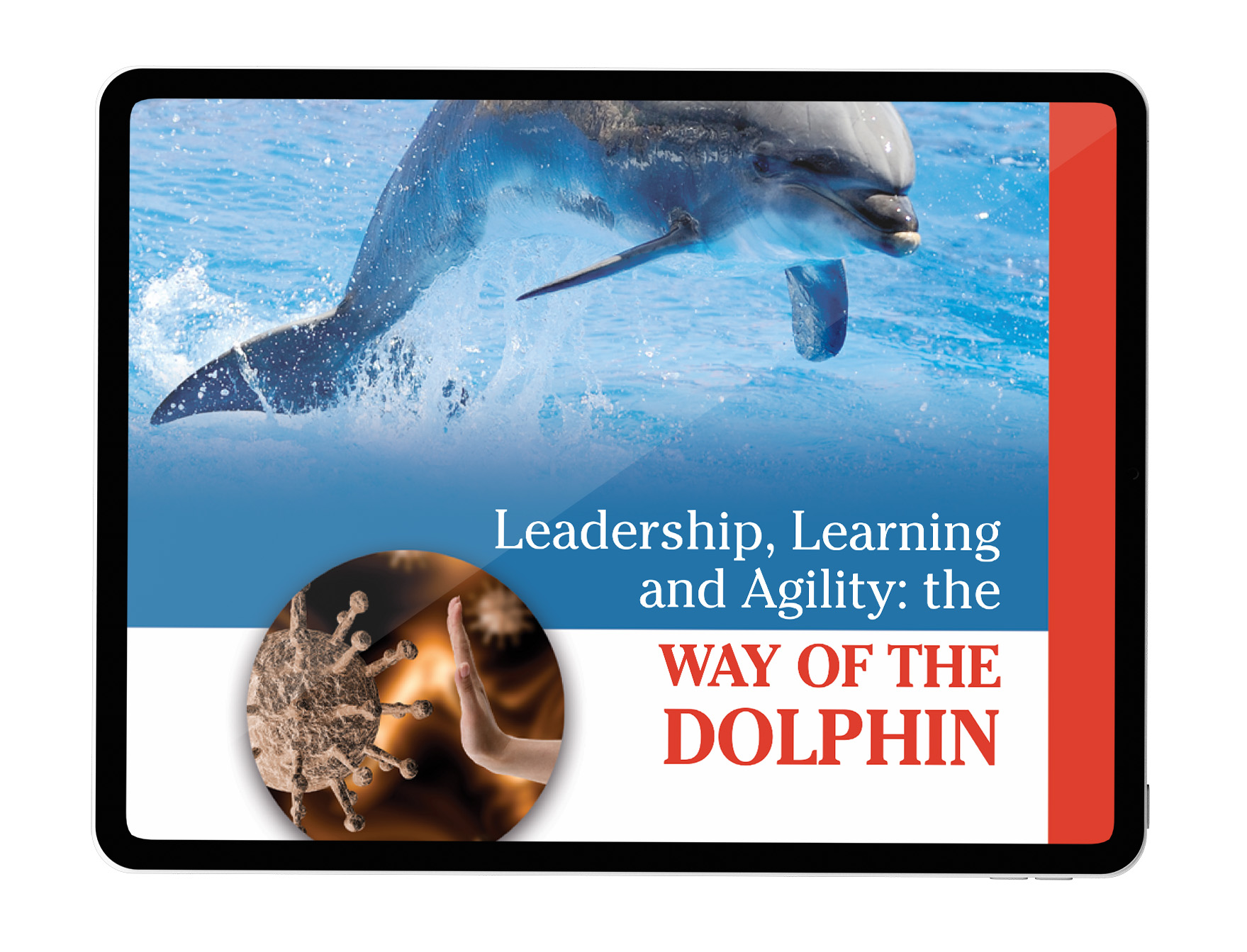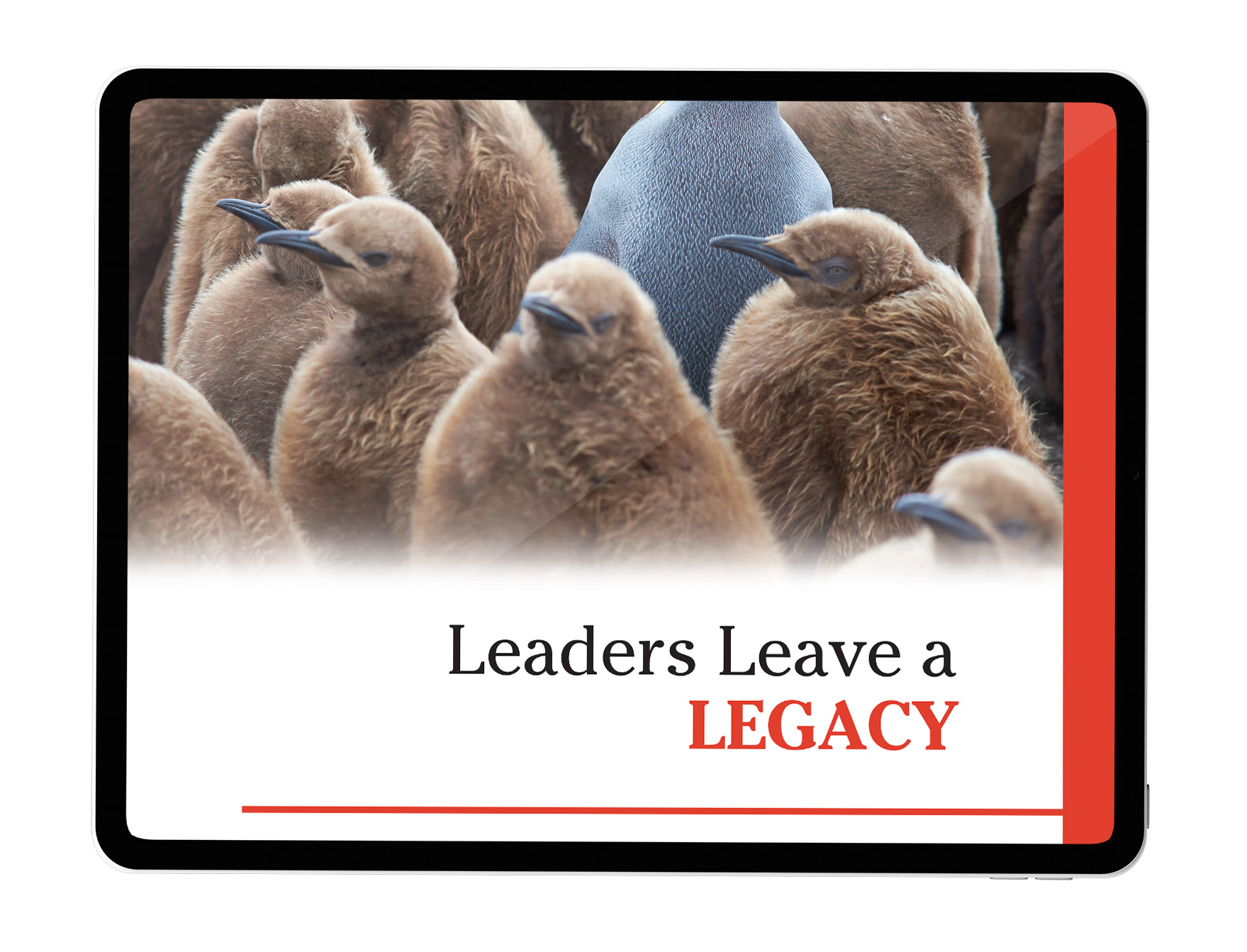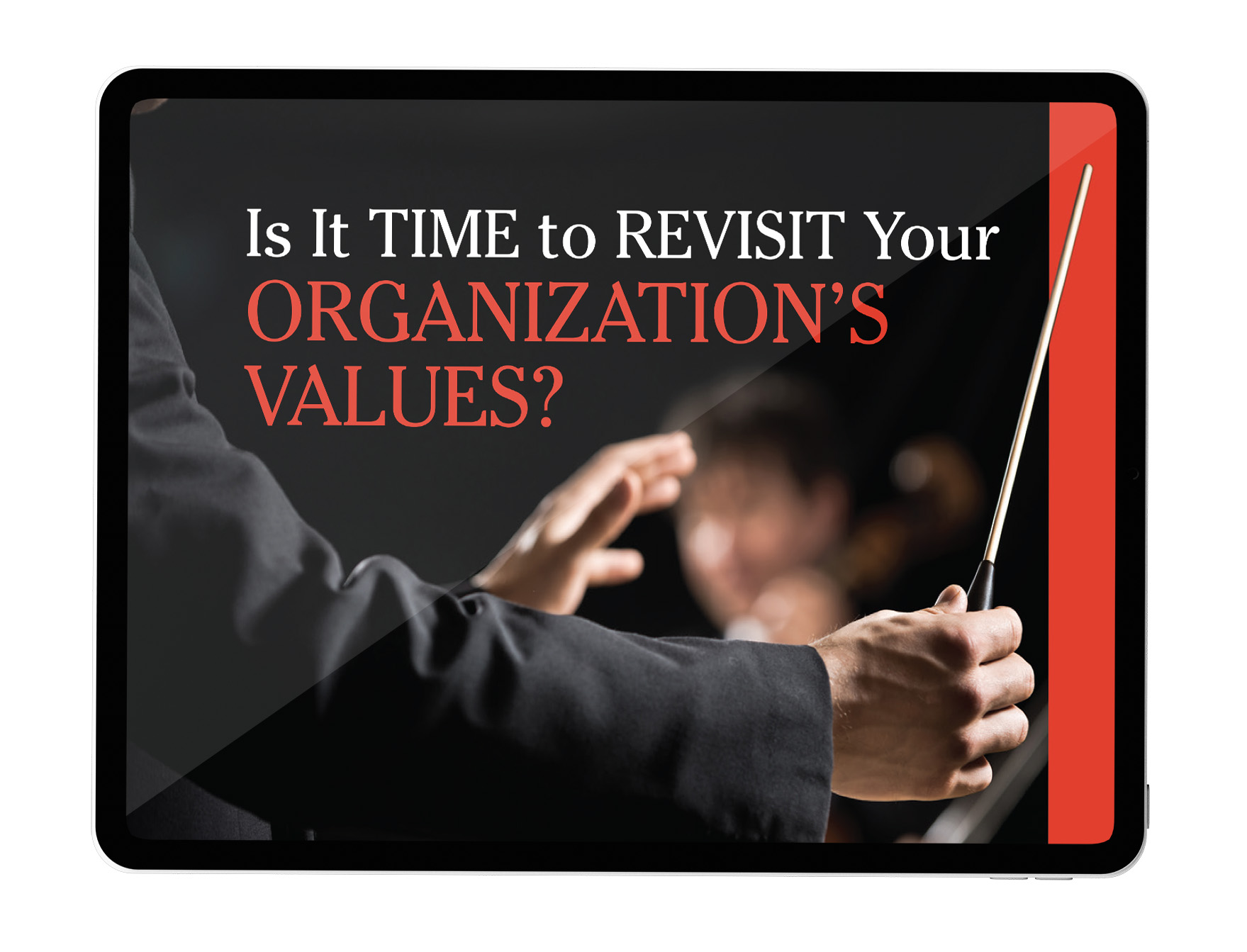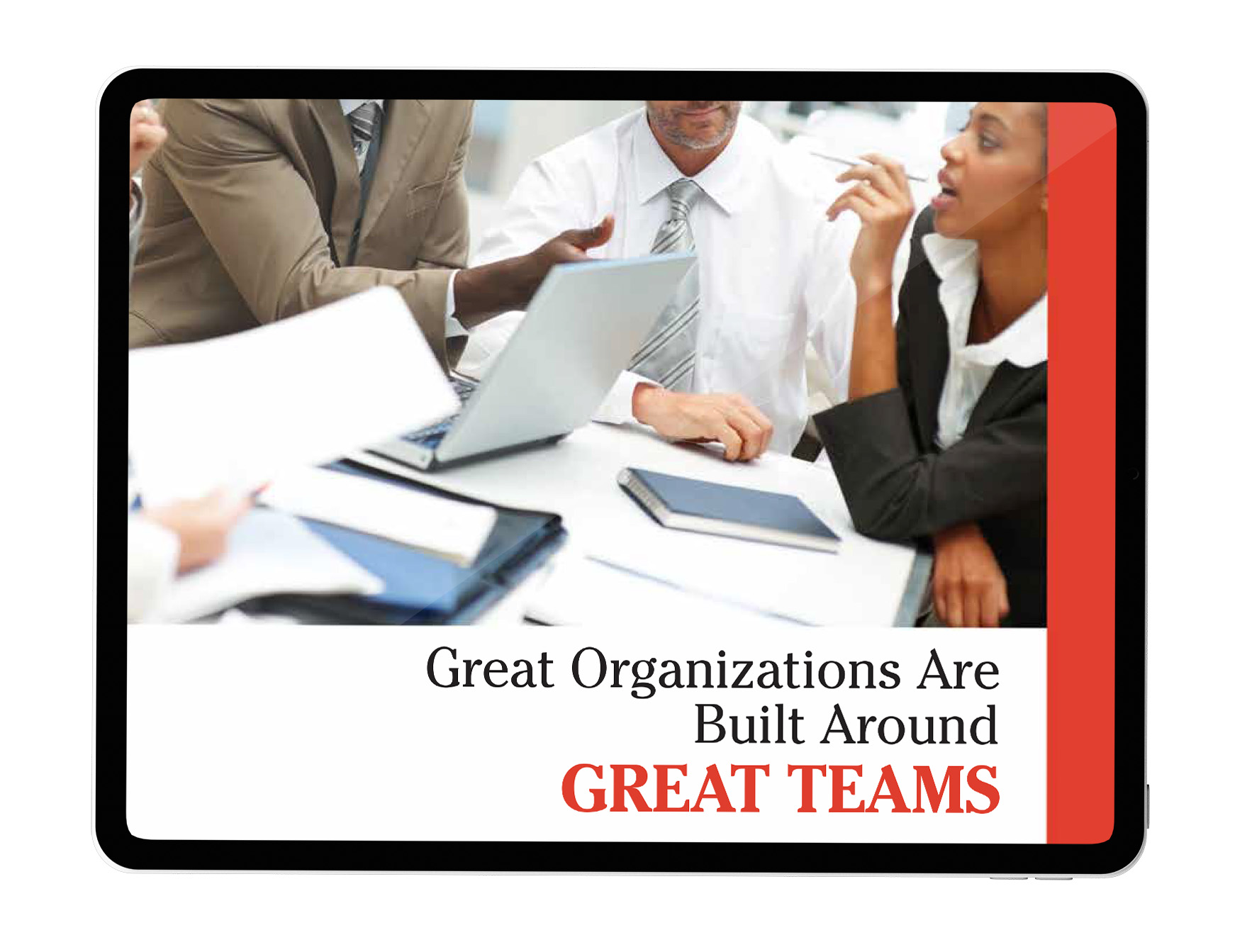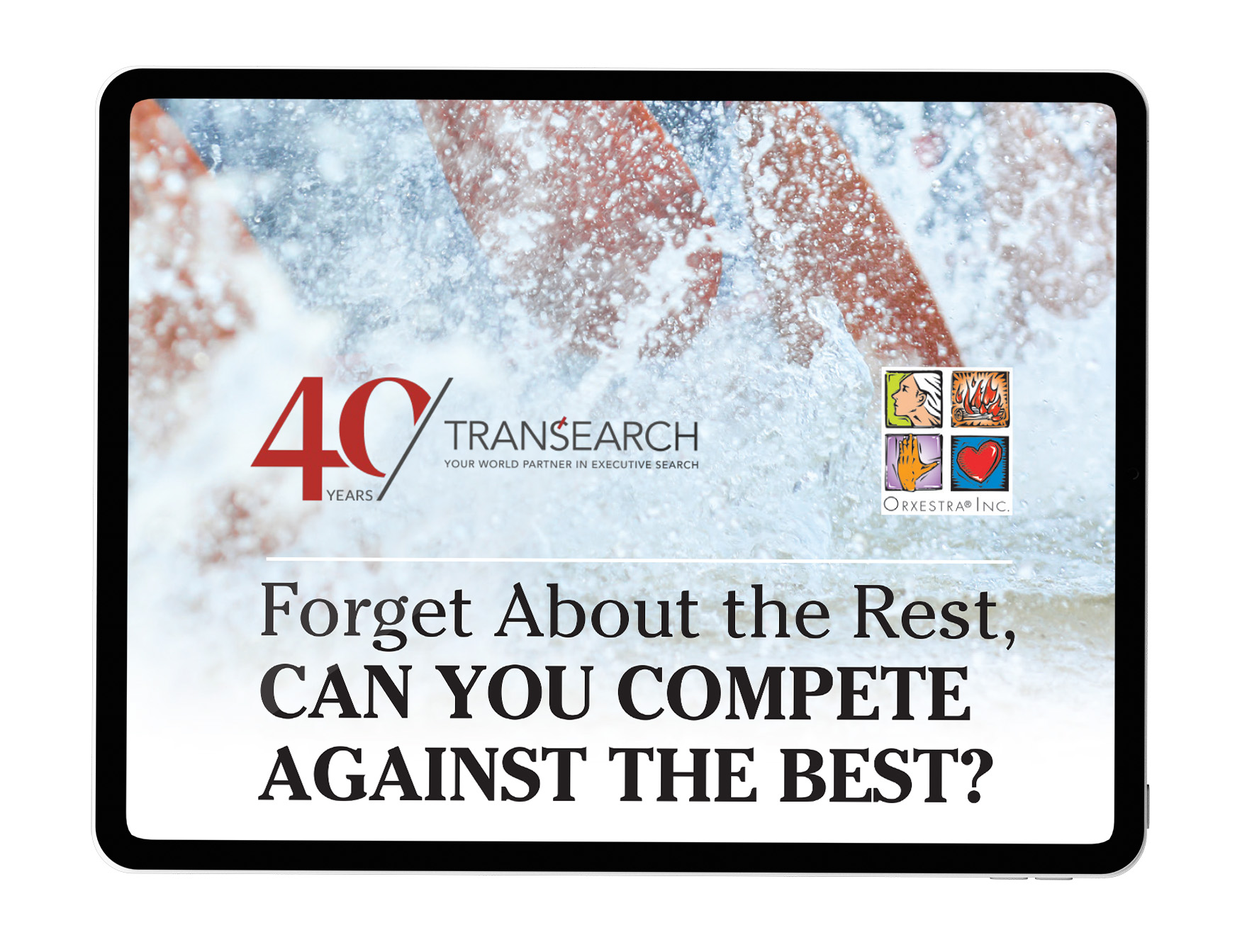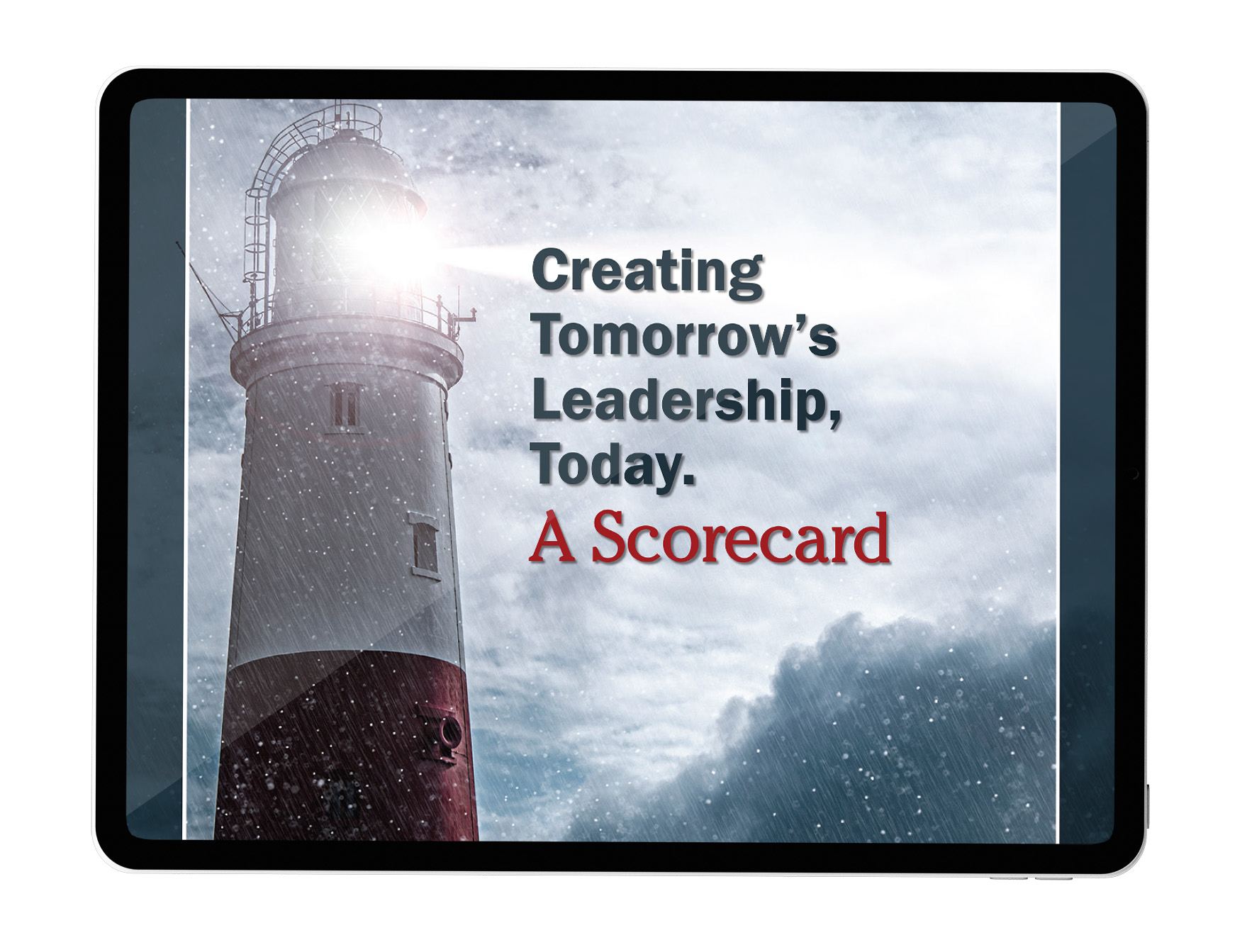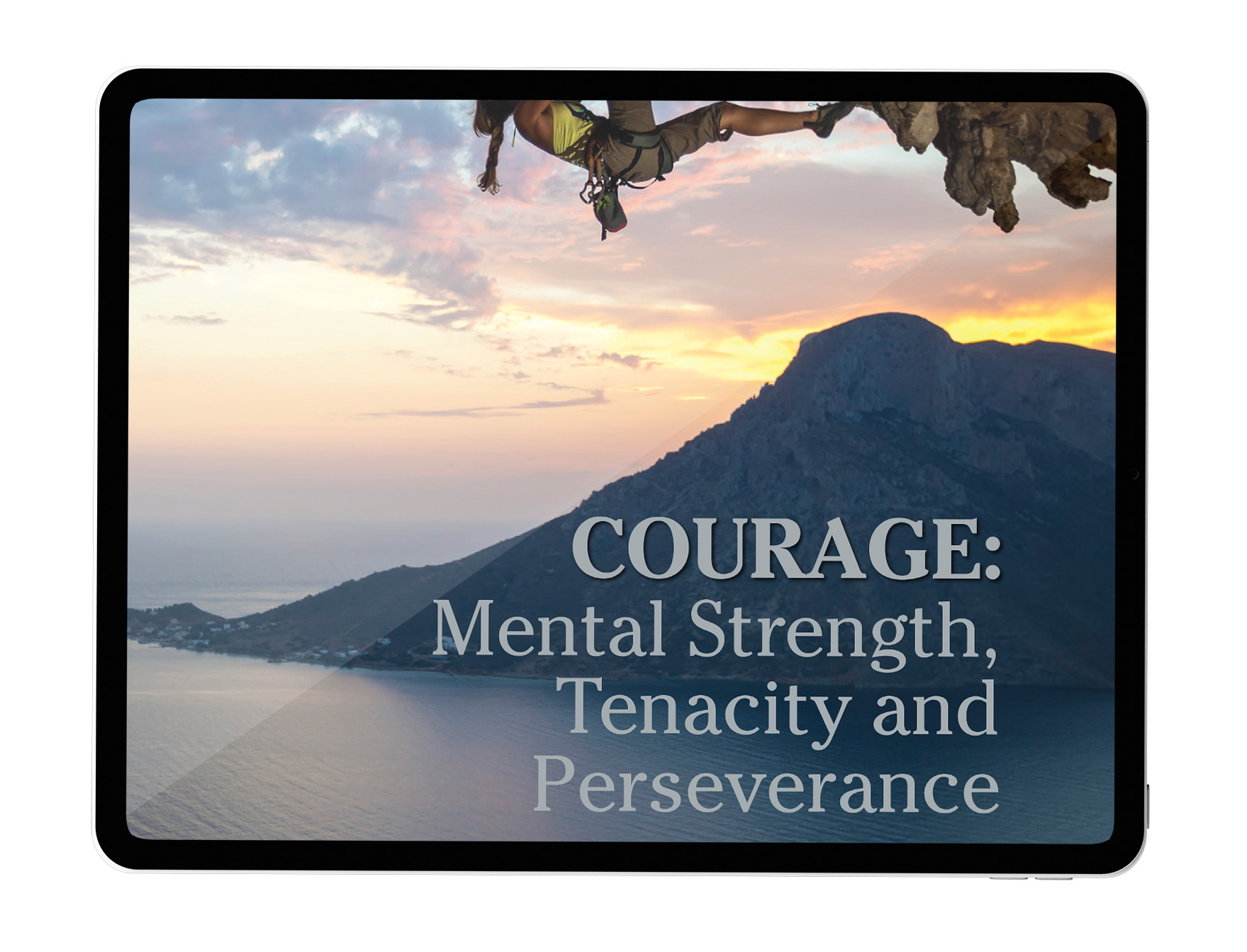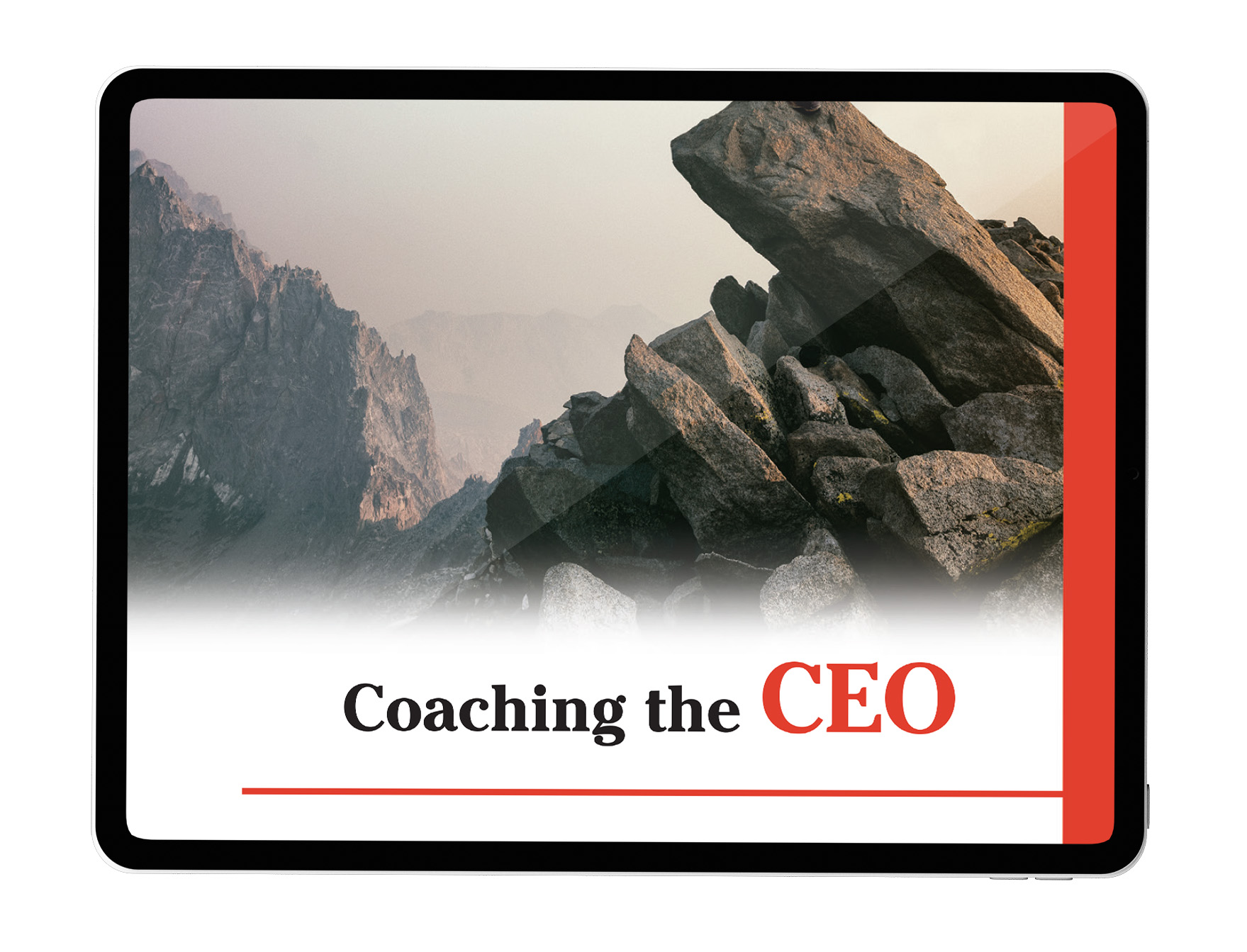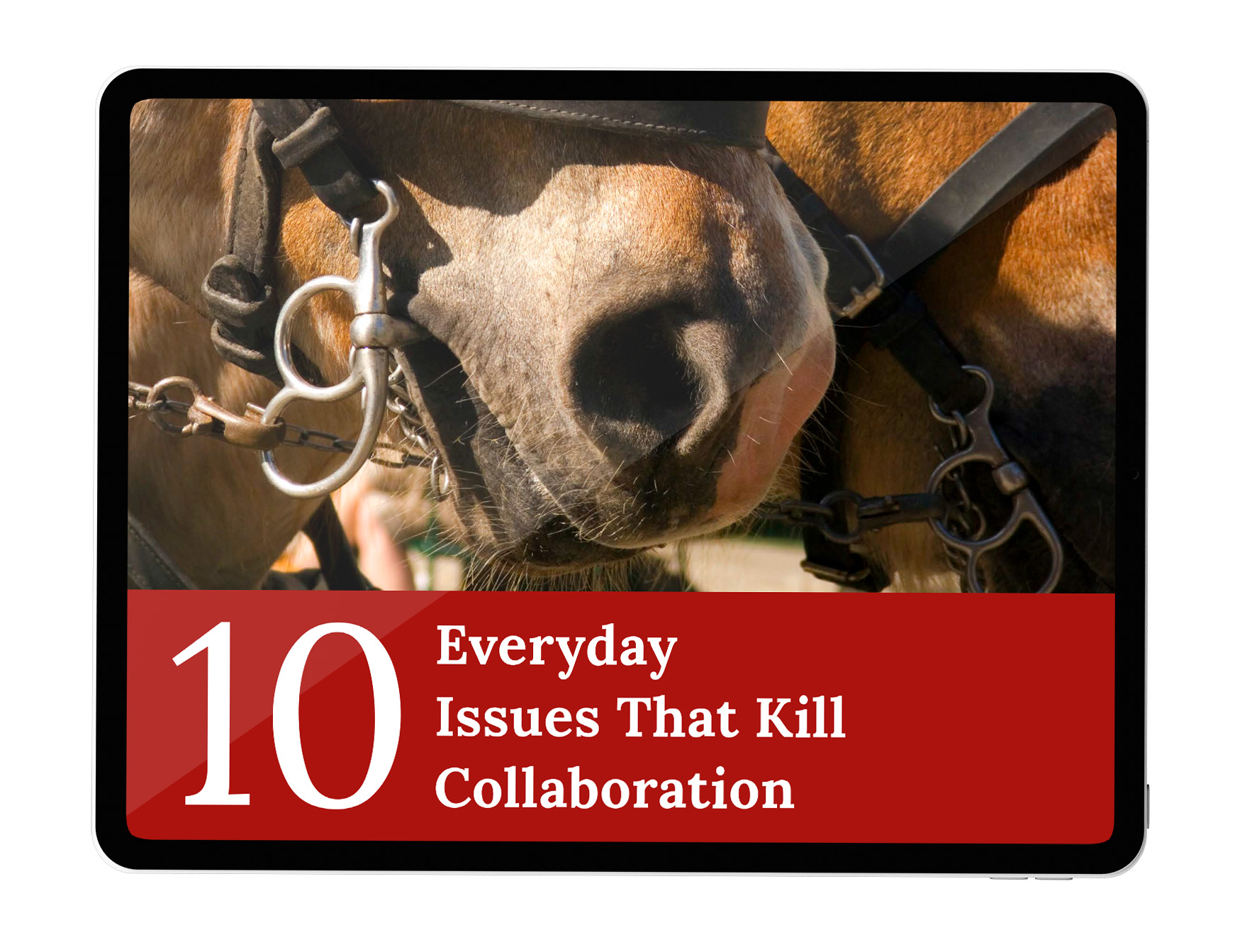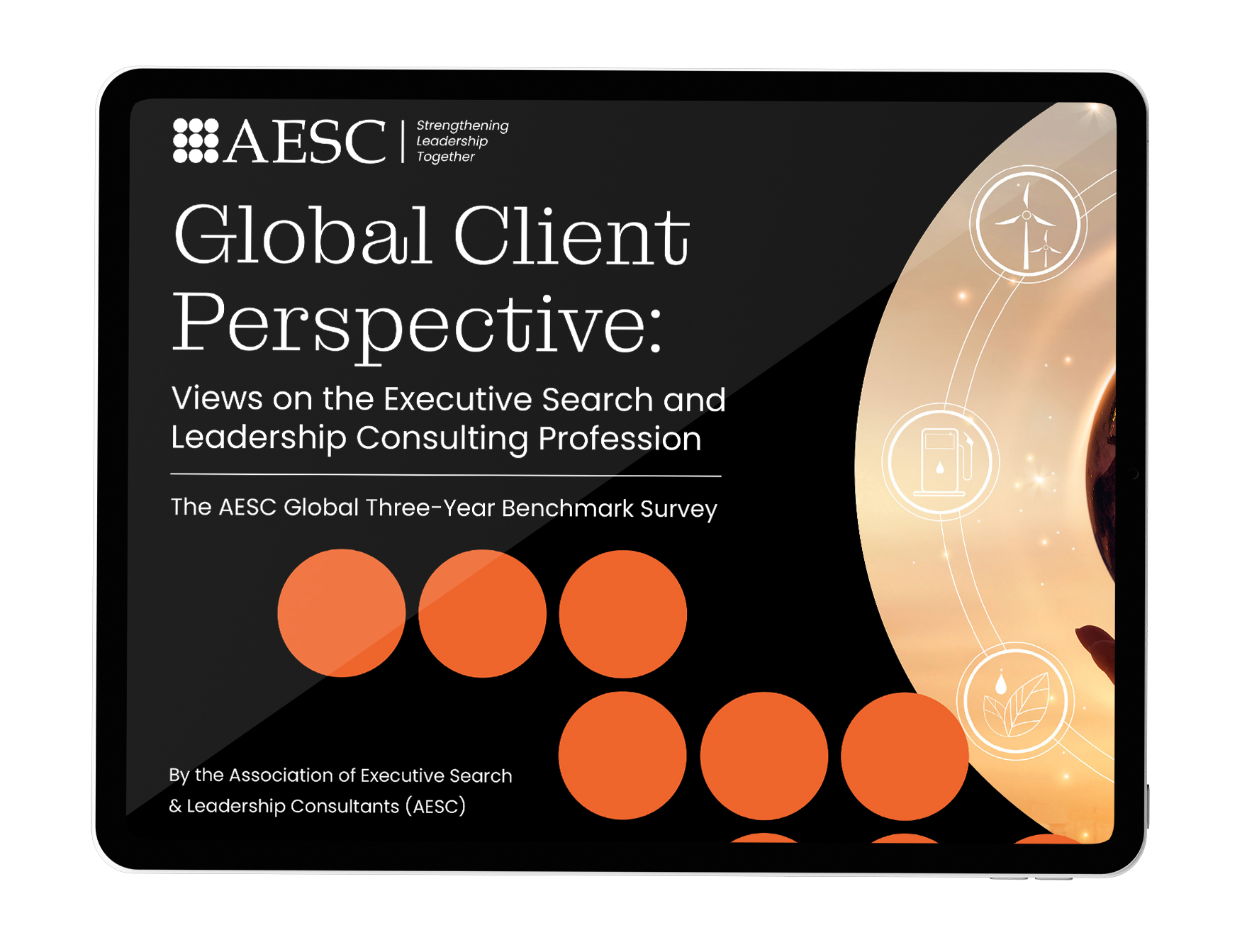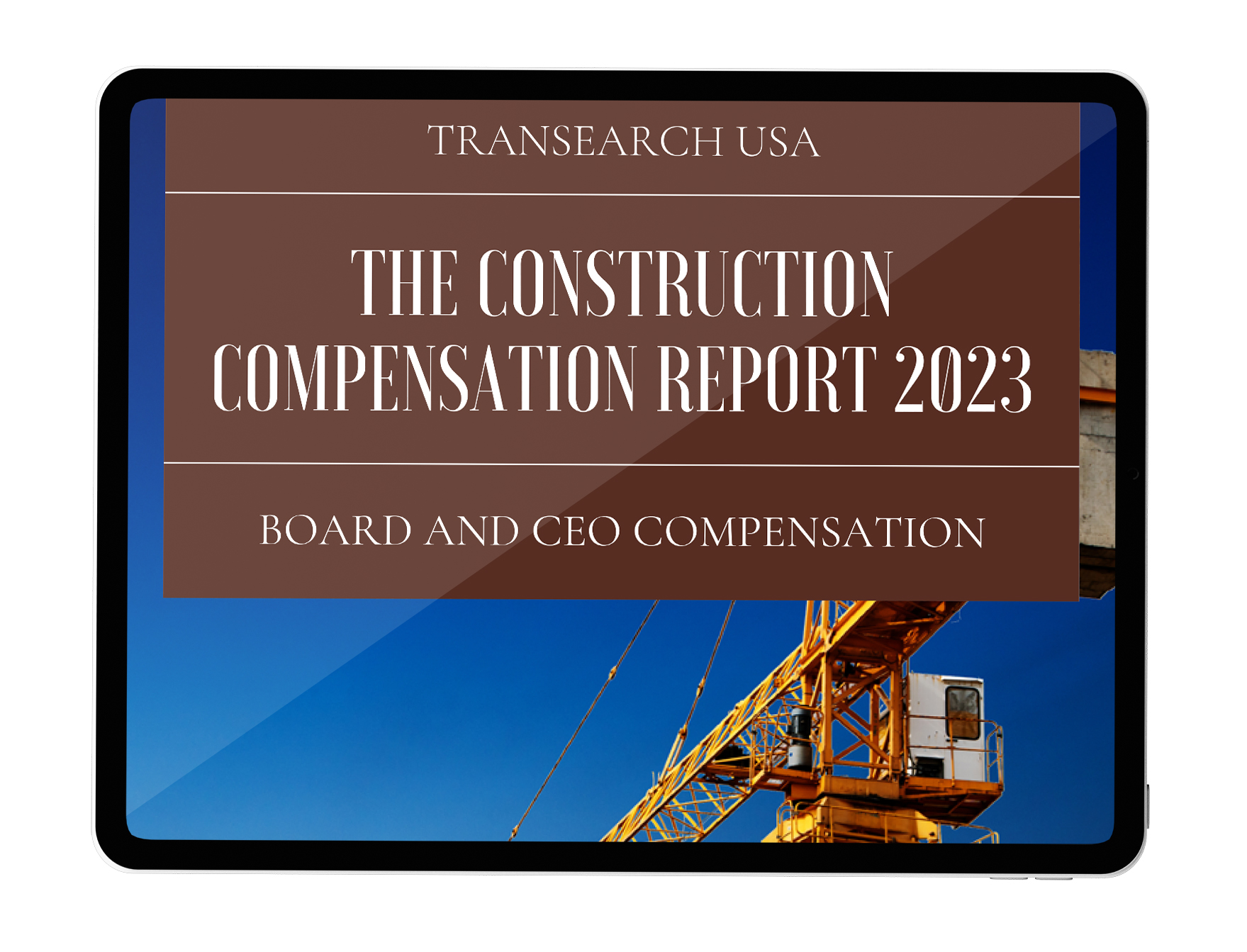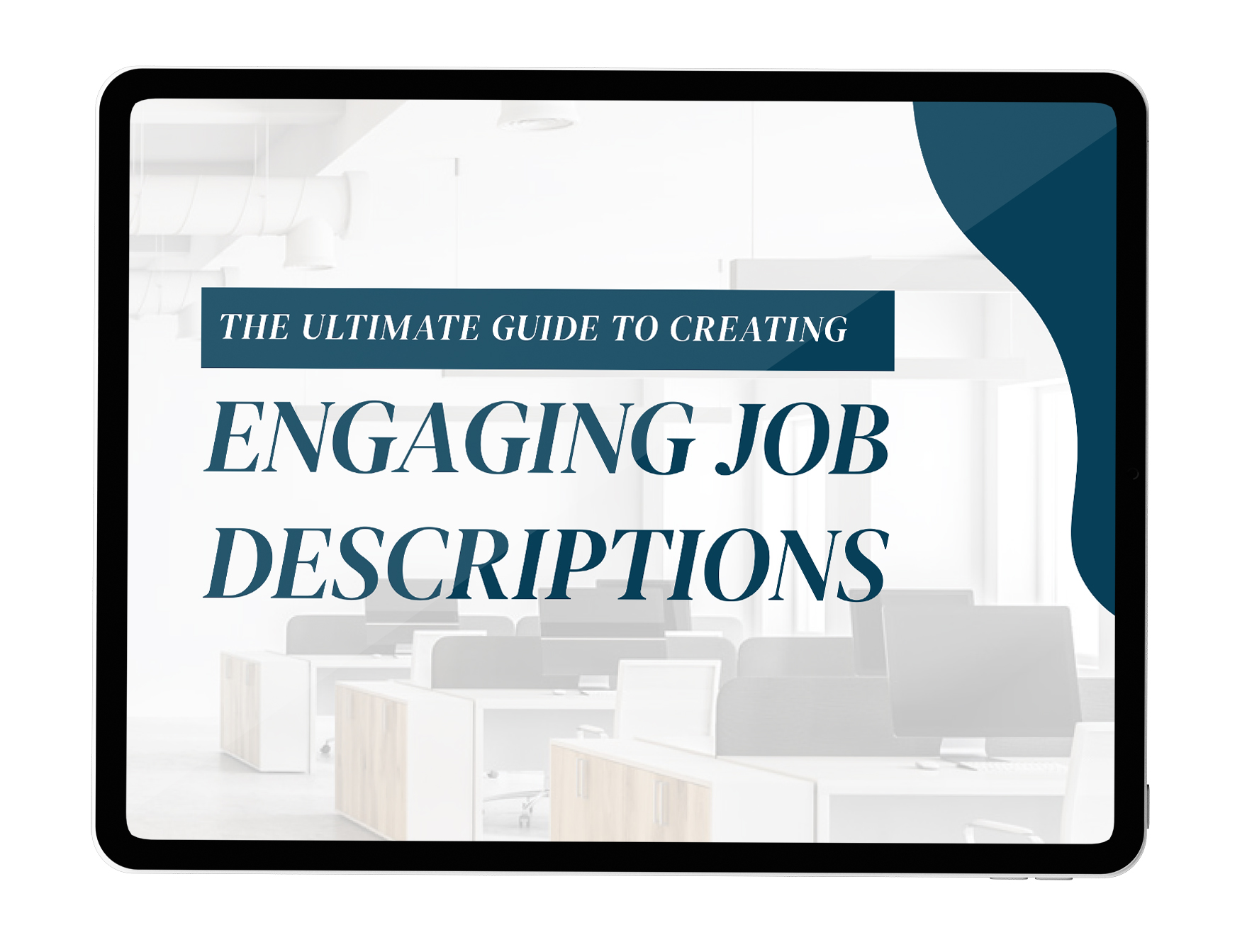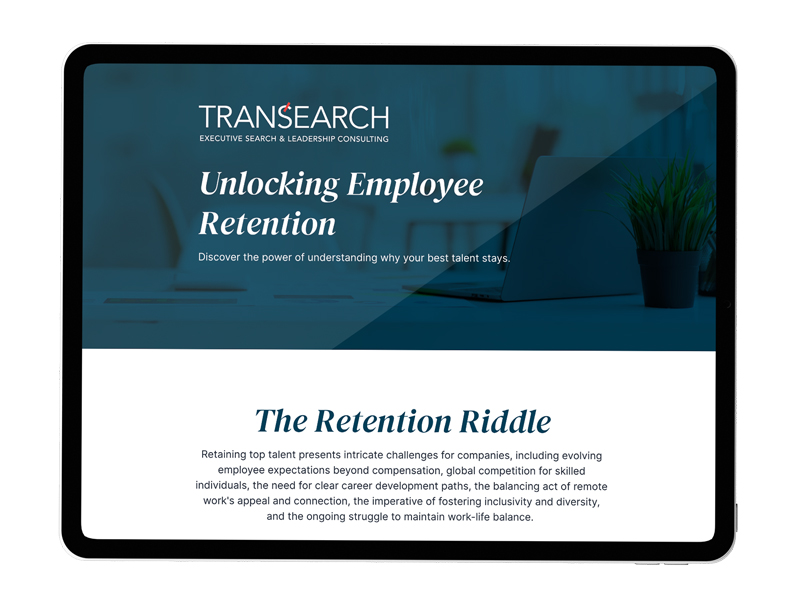The life sciences industries are dynamic and heavily reliant on strong leadership. Efficient C-level headhunting and selection evaluate candidates who align with the organization’s ethos and possess the skills to navigate sector complexities. How can you ensure your life sciences executive search finds a visionary leader who can successfully tackle these challenges?
The solution is to adopt a tailored strategic approach for each industry within the sector. Secure the transformative leader you need in areas such as life sciences, pharma, healthcare, biotech, and more.
1. Conduct a Needs Analysis to Fill Your Organization’s Executive Position
Start by analyzing your internal structure and external industry trends to ensure that your needs can be met with what’s available in the market.
- Conduct a needs assessment to determine if and what executive position is required.
- Identify current skills and performance gaps within the organization.
- Consider the urgency of filling the position.
- Define the timeline and budget for the hiring process.
2. Define the Role You Need to Begin the Life Sciences Executive Search
To start the search for a C-level officer in any life sciences sector, you’ll need to outline the core responsibilities and requirements of the role.
- Delineate the role’s primary and secondary responsibilities.
- Establish the required qualifications and previous experiences.
- Create a nuanced job description as the cornerstone of a relevant search.
- Align profiles with the organization’s long-term goals and cultural nuances.
Pro tip: Ensure that your org chart is updated so that primary responsibilities and stakeholders are clearly defined for the position.
For C-level positions, stakeholders can include employees, customers, suppliers, investors, regulators, and even local communities. Therefore, the responsibilities and involvement of the role with other departments must be clearly defined. This ensures that candidates know which stakeholders to prioritize.
3. Develop a Search and Selection Strategy Tailored to Your Industry
The life sciences industry demands leaders who not only understand the scientific and technological landscape but also possess the acumen to navigate its regulatory and ethical complexities. Opt for a search strategy that evaluates candidates on their industry-specific knowledge, strategic vision, and ability to foster innovation while adhering to stringent compliance standards.
Executive Search in Pharmaceutical
- Prioritize candidates with experience in leveraging patent cliffs as opportunities for both innovation and strategic generic competition entry.
Focus on candidates with a track record in drug development and market access strategies. - Leadership experience in navigating regulatory approvals and patent laws is crucial.
- Prioritize individuals with a global perspective on healthcare trends and challenges.
Executive Search in Healthcare
- Focus on candidates who have successfully integrated AI and machine learning into patient care models, demonstrating measurable improvements in patient outcomes and operational efficiency.
- Seek leaders with experience in healthcare delivery, patient care innovation, and digital health technologies.
- Emphasize transformative leadership to navigate healthcare reforms and policy changes.
- Value experience in stakeholder engagement, including patients, providers, and payers.
Executive Search in Biotechnology
- Highlight experience in navigating the ethical, regulatory, and commercialization challenges of CRISPR and gene editing technologies.
- Look for expertise in R&D, biotech startup scalability, and fundraising.
- Innovation in biotechnological applications and a vision for future scientific trends are key.
- Consider leaders who have spearheaded microbiome research initiatives, translating scientific discoveries into viable product pipelines with potential across various therapeutic areas.
4. Screen and Assess Your Life Sciences Executive Search Candidates
Candidate insights should translate into a shortlist based on proven experience, potential, personality, and alignment with the healthcare organization’s values.
| Assessment | Method | Objective | |
| 1 | Case studies in strategic decision-making | Present candidates with real-world business challenges specific to the life sciences sector to propose strategic solutions. | Assess practical knowledge, problem-solving skills, and ability to implement strategic solutions. |
| 2 | Scientific advisory panel interaction | Involve candidates in discussions with scientific advisory boards to evaluate engagement with technical experts and decision-making. | Evaluate candidates’ capacity for engaging with scientific communities and leveraging insights in decision-making. |
| 3 | Leadership in crisis management | Discuss candidates’ past experiences with crisis management in life sciences contexts to reveal resilience and leadership under pressure. | Reveal candidates’ adaptability, resilience, and leadership qualities in challenging situations. |
| 4 | Stakeholder engagement simulation | Conduct simulated conversations with key stakeholders to assess negotiation skills and ability to align diverse interests. | Assess diplomatic skills, stakeholder management, and strategic alignment capabilities. |
| 5 | Values alignment exercises | Engage in discussions that reveal how a candidate’s personal values align with the company’s, assessing potential cultural fit. | Ensure the candidate can champion the organizational culture and inspire a shared vision. |
5. Negotiate Employment Conditions and Onboard the Executive
Engage in clear discussions about salary, benefits, and role expectations. Align offers with the executive’s values and industry norms. Afterward, create a tailored plan that includes key introductions, strategic briefings, and project immersion to integrate the new hire smoothly into the company culture.
Early on in onboarding, arrange meetings with leadership to ensure alignment on strategic goals and expectations. Provide continuous mentorship, regular check-ins, and resources to facilitate a successful transition.
How to Develop an Efficient Life Sciences Executive Search Strategy with TRANSEARCH?
At TRANSEARCH, we’re ready to guide you through a successful life science executive search.
Begin your journey towards leadership excellence in pharma, biotech, healthcare, and life sciences. Connect with TRANSEARCH today to leverage our blend of expertise and strategic insight, setting the stage for the discovery of your next distinguished leader.





















